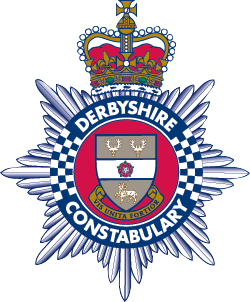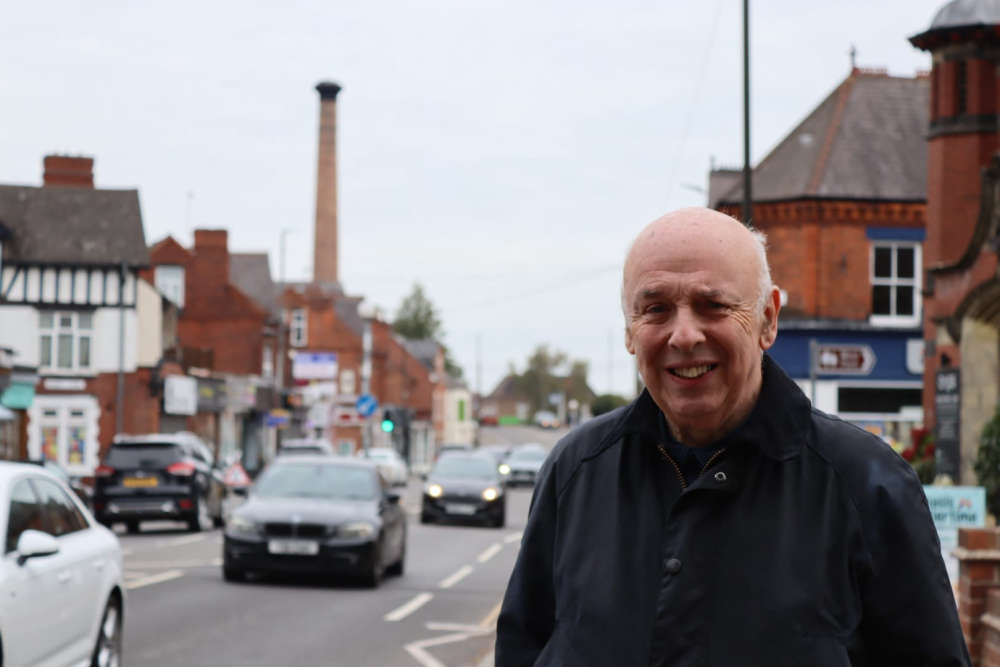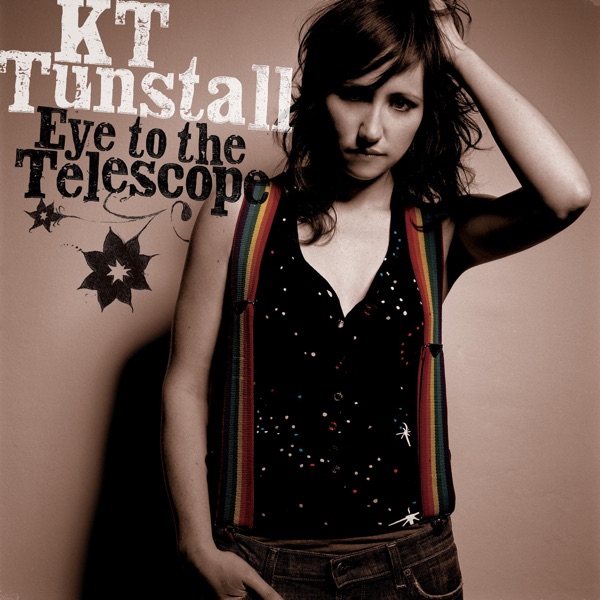The Reform UK-run Derbyshire County Council is bidding to have just one council covering the whole of the county and city to save more money and have fewer politicians.
After a separate public consultation from the district and Derby City Council, the county council is publishing its own local government reorganisation bid.
This would see the current 10 councils abolished and replaced in 2028 with just one new authority covering more than one million people.
This pitch runs against the rival bids from the city council and eight districts, which are all backing a north-south split into two new authorities with differing options regarding where Amber Valley will end up.
The districts and city aim to have 162 total councillors between the two new authorities while the county’s plan would have 112 elected members – both representing a huge reduction from the existing 447 councillors.
Meanwhile, the districts and city aim to save £167 million over the first six years of the two-council pitch, followed by £44 million per year after that.
In contrast, the county’s one-council approach would save £144 million over six years followed by £45 million a year after that.
Before the county council’s separate consultation, the Reform administration had backed two two-council options, one of which would have involved splitting the Dales and pulling Ashbourne into the southern council.
Prior to the May elections, the Conservative-run county council had pitched a two-council approach in which Derby retained its current boundaries and the county authority absorbed the districts and boroughs.
Pitching the new approach, Cllr Alan Graves, Reform UK’s county council leader told the Local Democracy Reporting Service: “It is very clear that the people of Derbyshire want to be united so we have created a Uniting Derbyshire proposal which brings all of Derbyshire under one roof and we think that is the best thing for Derbyshire as a whole.
“We realise that the number of people being represented would be increased under the two council scenario but it is up to Government to decide whether what we are suggesting is the right way forward or not.
“It gives them a lot more choice in where they can go with this.
“This option also saves the most money in the long run, we are talking £144 million over six years with £45 million ongoing every year after that.
“That is a significant difference between a single unitary and the two unitary option.
“My main focus is not about the money but I am sure the Government will see that as a plus and we do see that as a plus.
“It is about uniting Derbyshire and we want to keep all the communities the way that they are and that they are not split up and there is no division between them and us, we are all together defending and supporting Derbyshire.
“We have one member per division in the county and we cope very well and in fact we have been coping very well since 1974 and probably beyond that.
“I don’t see it as a lack of representation, I see it as equal representation.
“The thing I think the public will celebrate in fact is that there will be fewer politicians. We are talking about culling hundreds of politician positions.”
Cllr Graves said district and borough councils make up around seven per cent of the total budget of Derbyshire, versus 93 per cent at the county council.
He said: “The district council that covers where I have three councillors for the ward where I live for seven per cent of the budget and yet there is one for the county council with 93 per cent of the budget.”
Cllr Graves said that “one council is too big and two councils are too big for a planning authority and licensing” and as such he envisions there being a number of smaller committees for these issues and neigbhourhood forums for local areas to relay information to their elected members.
The district and borough councils, despite hosting a joint consultation, are set to vote for differing options to submit to Government later this month – alongside the one-council bid from the county council – which is poised to include four total variations.
As it stands, the four options to be pitched to Government are:
- Two councils – Amber Valley, Bolsover, Chesterfield, Derbyshire Dales, High Peak and North East Derbyshire in the northern council and Derby, Erewash and South Derbyshire in the southern council
- Two councils – Bolsover, Chesterfield, Derbyshire Dales, High Peak and North East Derbyshire in the northern council and Amber Valley, Derby, Erewash and South Derbyshire in the southern council
- Two councils – Bolsover, Chesterfield, Derbyshire Dales, High Peak, North East Derbyshire and parts of Amber Valley including Belper in the northern council and Derby, Erewash, South Derbyshire and parts of Amber Valley including Duffield in the southern council
- One council – one authority for the whole of Derbyshire, including Derby
Central government has set a deadline of November 28th for councils to submit their bids, with it to ultimately decide on the final outcome.
None of the bids put forward by the city and district councils received majority support, but the largest proportion – following weighting for population per district – saw 39 per cent of 7,700 respondents back the option which pulls the whole of Amber Valley into the southern council.
A quarter of all the respondents to the district and city’s consultation were from Amber Valley, which forms the only changeable part of their numerous proposals.
Their consultation showed no respondents aged 16 and 17 took part in the survey and only one per cent of respondents were aged 18-24.


 Anti social behaviour incidents in Sawley lead to appeal for information and footage
Anti social behaviour incidents in Sawley lead to appeal for information and footage
 Labour candidate will ‘fight for fairer future’ for Long Eaton North after Reform councillor ‘squanders’ chance to serve and causes costly by-election
Labour candidate will ‘fight for fairer future’ for Long Eaton North after Reform councillor ‘squanders’ chance to serve and causes costly by-election
 Tense time for businesses looking to borrow as interest rate remains unchanged and Budget looms
Tense time for businesses looking to borrow as interest rate remains unchanged and Budget looms
 Children visit cemeteries to salute our war dead
Children visit cemeteries to salute our war dead




